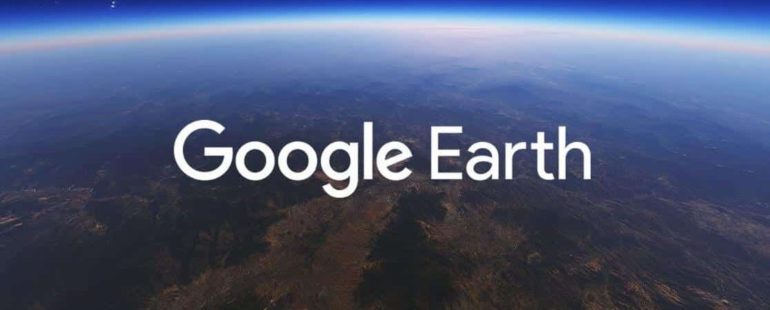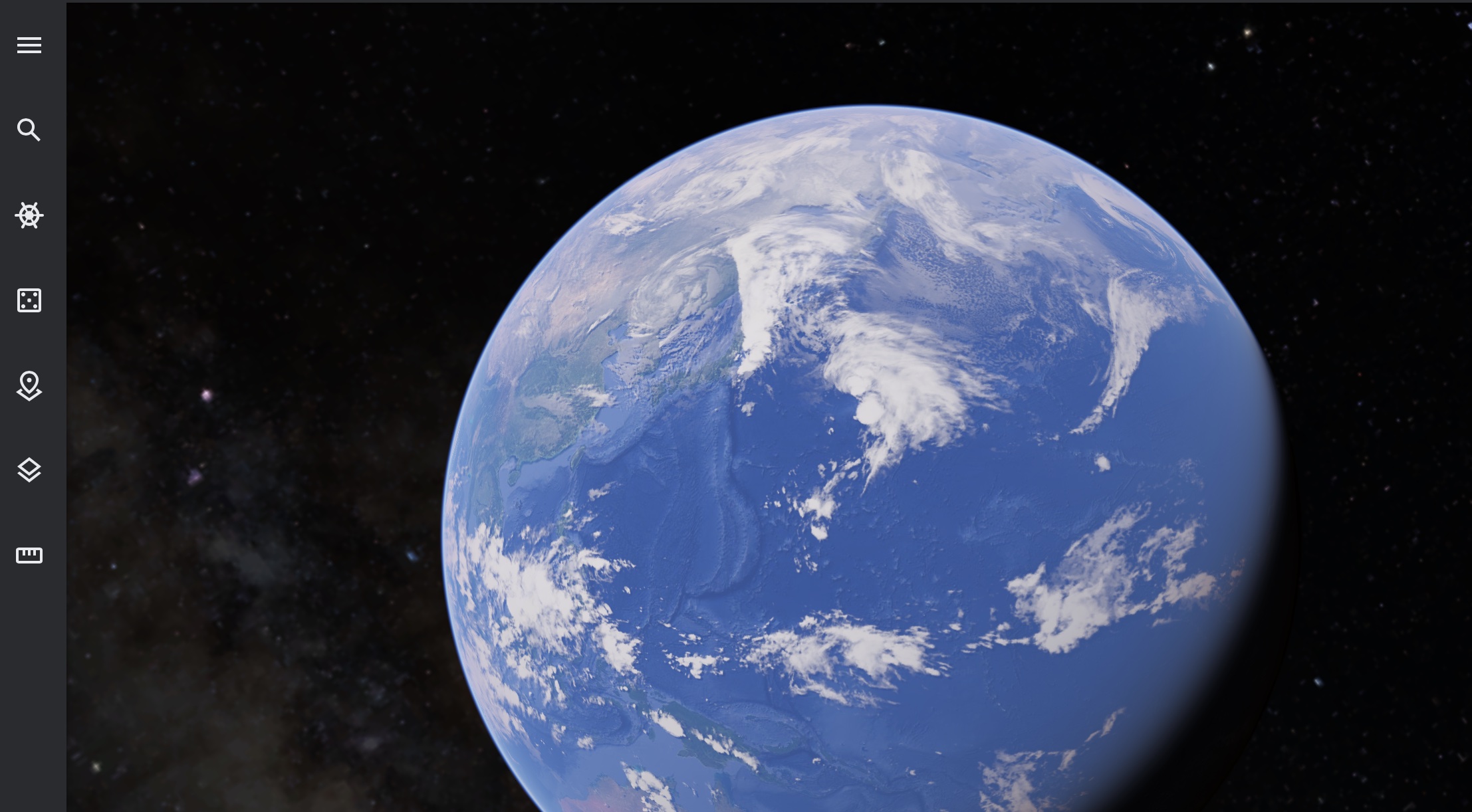One of the more technical questions that has plagued the Google Earth community is – Exactly what Datum does Google Earth use across its platform.
For those of you who may not know this, but in this context, the term datum refers to the coordinate system that serves as a reference for the software to carry out its simulations and various operations. To answer the question specifically, Google Earth uses a Mercator projection based on a spherical datum (in ESRI parlance, datum = “Geographic Coordinate System; GCS”) that is a modification of the WGS84 datum.
Table of Contents
What datum does Google Earth use?
The “true” WGS84 datum is ellipsoidal (GRS80 ellipsoid) and geocentric; only the geocentric aspect is common to both. For data or maps that use the true WGS84 datum good alignment can be achieved by projecting to the “WGS 1984 Web Mercator” coordinate system, which uses the ”WGS 1984 Major Auxiliary Sphere” datum (GCS).
Google Earth accepts imagery projected using a standard cartographic projection such as Universal Transverse Mercator (UTM), a satellite-based datum such as GRS80, or WGS84; or in Geographic Coordinates (aka “latitude/longitude”) with WGS84 datum.
Images should be north-aligned and have rotation parameters set to zero. Each image must be accompanied by one of: a text description of the map projection (WKT), an ESRI .prj file describing the projection or the European Petroleum Survey Group (EPSG) code for the projection.
Now, let us look at the symbology that comes into play in such a setup –
Dashed and dotted lines are set to solid lines by default while the fill patterns themselves are not preserved. Relative line widths are retained if they are integers. Certain geologic symbols will be preserved, others are not or are grossly distorted. Strike and dip data can be properly displayed but require special preparation.
The way Google Earth works is that the attributes for a particular place will be made visible in the form of pop up windows that are made visible when you interact with any place on the virtual globe. More general information such as the layers or the overlays are displayed in the table of contents section that has been given a separate window within the UI.
You can use the Google Earth application on your web browser, smartphones or even PC/Laptop. Links for the same are given below –
Google Earth for Web browser – Click Here
Google Earth Pro for PC – Click Here
Google Earth for Android – Click Here
Google Earth for iOS – Click Here


